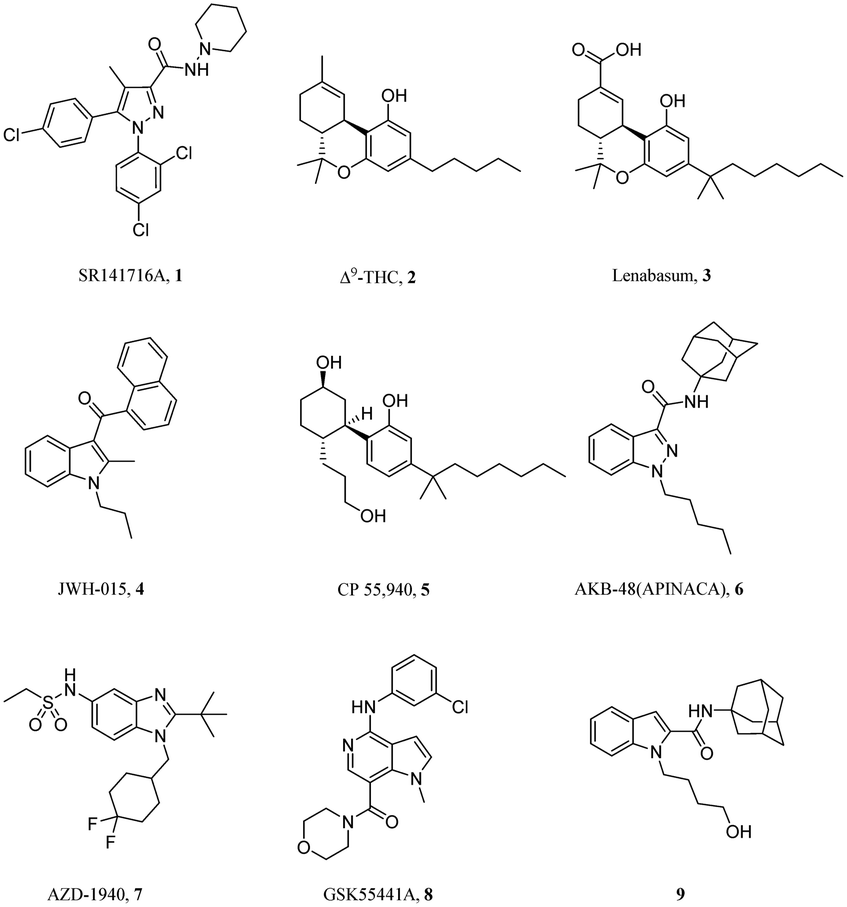

Moreover, 1 and 2 were found to be strong inhibitors of bulk oil or of lecithin liposome oxidation. Syringaldehyde was found to possess exceptionally high activity in comparison to 2′, only under the CBA conditions. The only compound that exhibited high antioxidant activity, equal or even higher than 1′, in all assay environments was 1. The non-substituted hydroxybenzaldehydes ( 4, 5) and the respective acids showed negligible activity under the CBA, DPPH and the accelerated bulk oil oxidation conditions, so that no SAR could be drawn. Their acid counterparts ( 1′– 5′) were also studied for comparison. These aldehydes are known to contribute to the evolution of flavor during aging of alcoholic beverages in wood barrels and as natural preservatives. Molecular struc- theory DPPH, 2,2-diphenyl-1-picrylhydrazyl FRAP, ferric tures: perception, autocorrelation. 0000-0003-1628-7416), kindly provided by Dr Xin-An Huang (Tropical Medicine Institute, Guangzhou University of Chinese Medicine, Guangzhou, China).
#CHEMDRAW ULTRA MULDER SOFTWARE#
ORCID iD of ChemDraw Ultra 8.0 and SYBYL-X2.1.1 software was used in this study (no. using Brotos’ Fragmentation BDE, bond dissociation enthalpy DFT, density functional Method Broto, P. The influenza viruses were propagated in the allantoic cavities of chicken eggs. Structure–activity relationships (SARs) were sought among protocatechuic aldehyde 1, syringaldehyde 2, vanillin 3, p-hydroxybenzaldehyde 4 and salicylaldehyde, 5 using various in vitro antioxidant assays (crocin bleaching assay, ABTS, DPPH, Rancimat and liposomes). (15) CS ChemDraw, Ultra, Chemical Structure Drawing Standard, ABTS, 2,2-azinobis(3-ethylbenzthiazoline-6-sulfonic acid) 1985-1998, Cambridge Soft Corp.


 0 kommentar(er)
0 kommentar(er)
